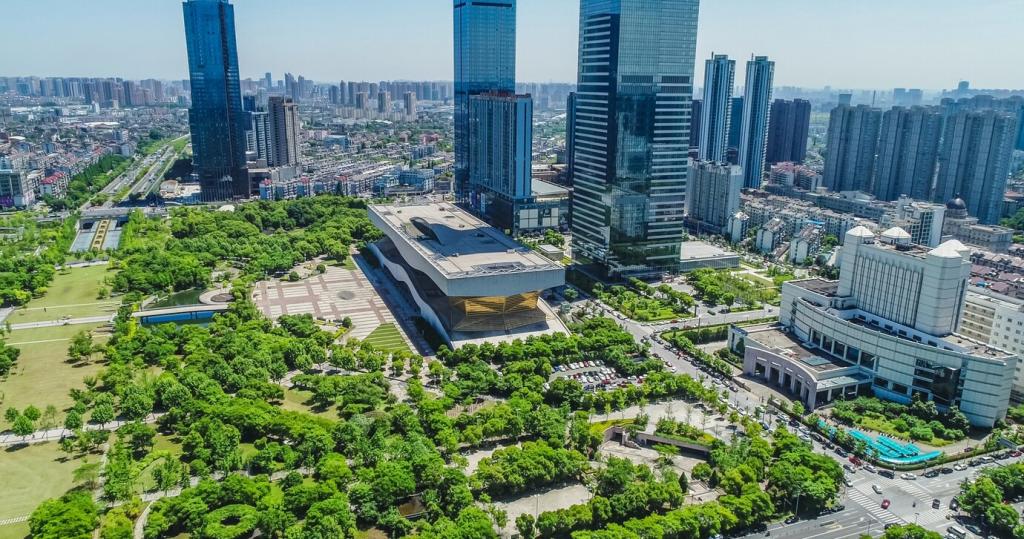Renewable Energy Integration in Smart Cities
Renewable energy integration in smart cities stands as a pivotal development in modern urban planning and sustainability efforts. As the world’s population continues to urbanize, cities are faced with the urgent need to reduce carbon emissions and transition to greener, more reliable sources of power. Smart cities, leveraging advanced digital technologies and data-driven solutions, offer a compelling framework for incorporating renewable energy into urban ecosystems. The focus on renewable sources such as solar, wind, hydro, and geothermal energy not only reduces environmental impact but also enhances energy security, operational efficiencies, and quality of life for city residents. This comprehensive exploration delves into the strategies, technological advancements, challenges, and promising future of renewable energy integration within the world’s rapidly evolving smart cities.

The Role of Renewable Energy in Urban Sustainability
Transitioning to Low-Carbon Solutions
Boosting Urban Resilience
Fostering Community Empowerment

Real-Time Data Management

Enhanced Grid Flexibility

Facilitating Consumer Participation
Distributed Energy Resources and Microgrids

